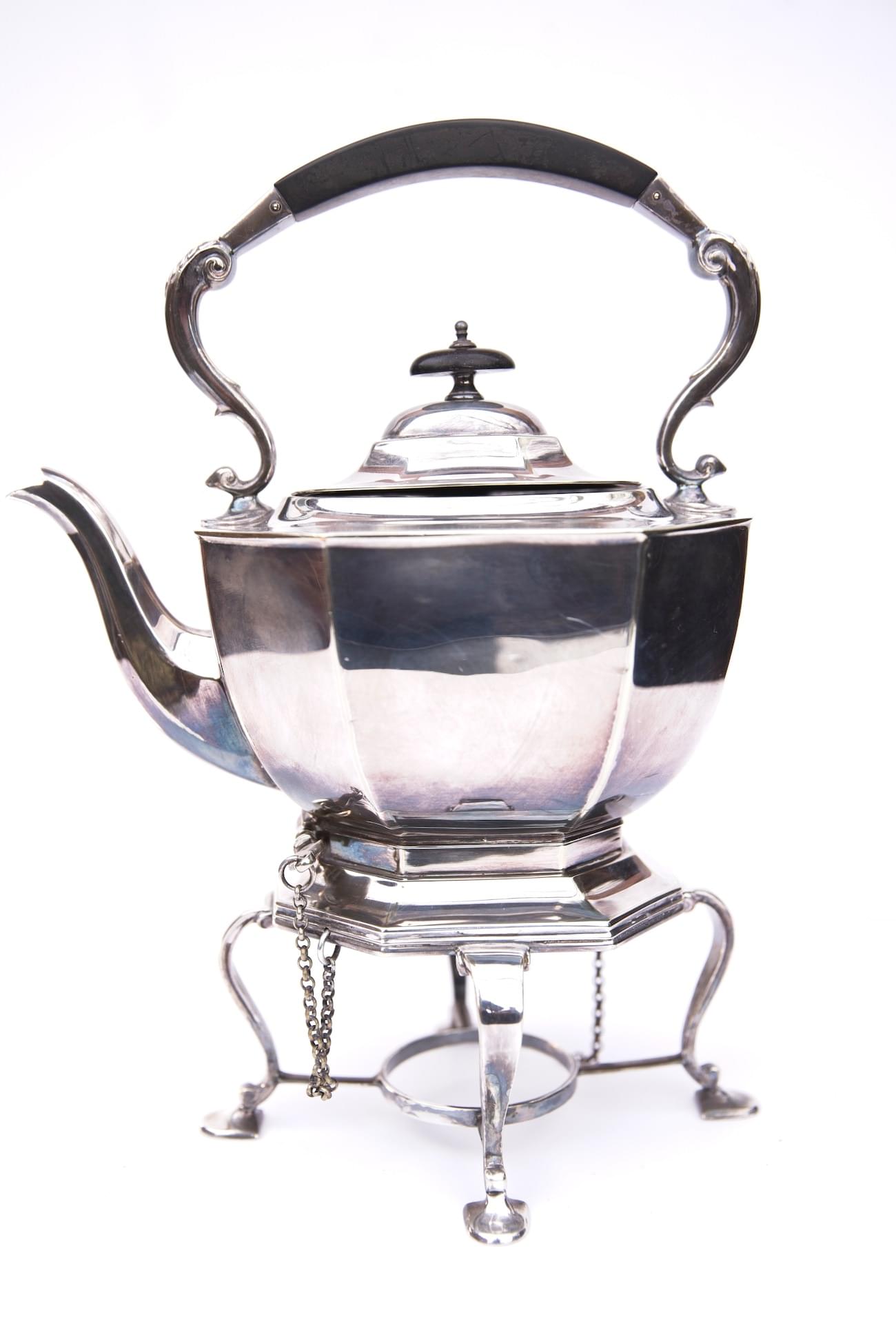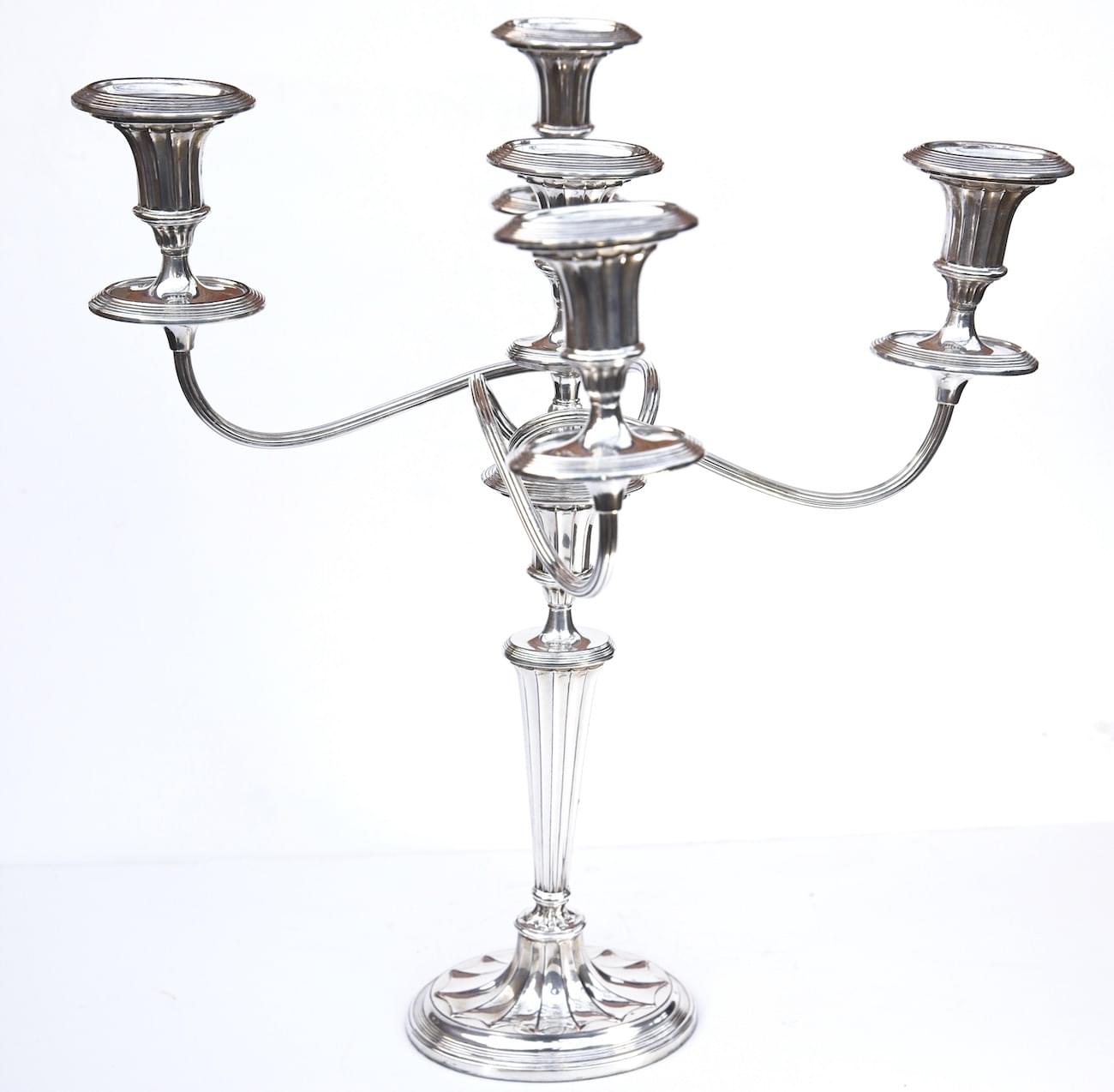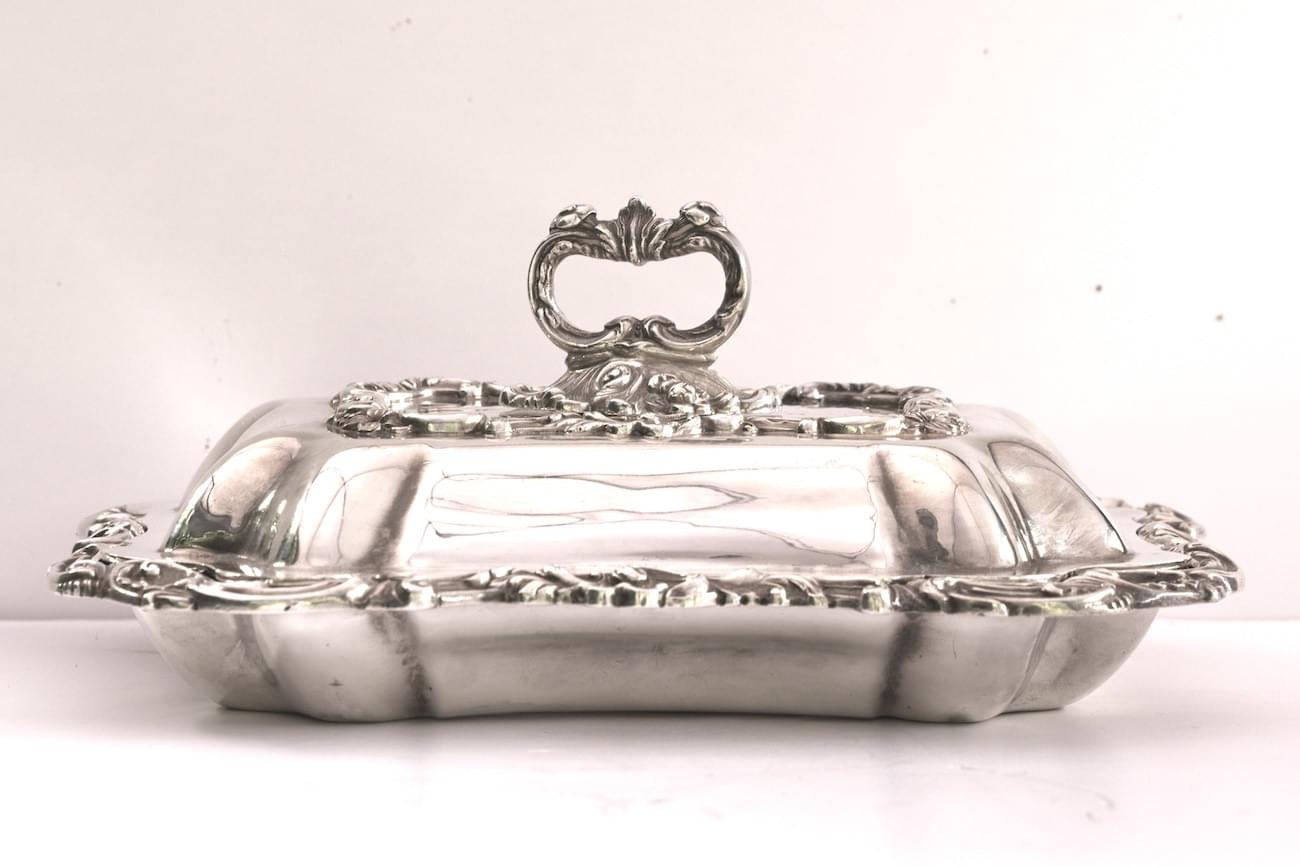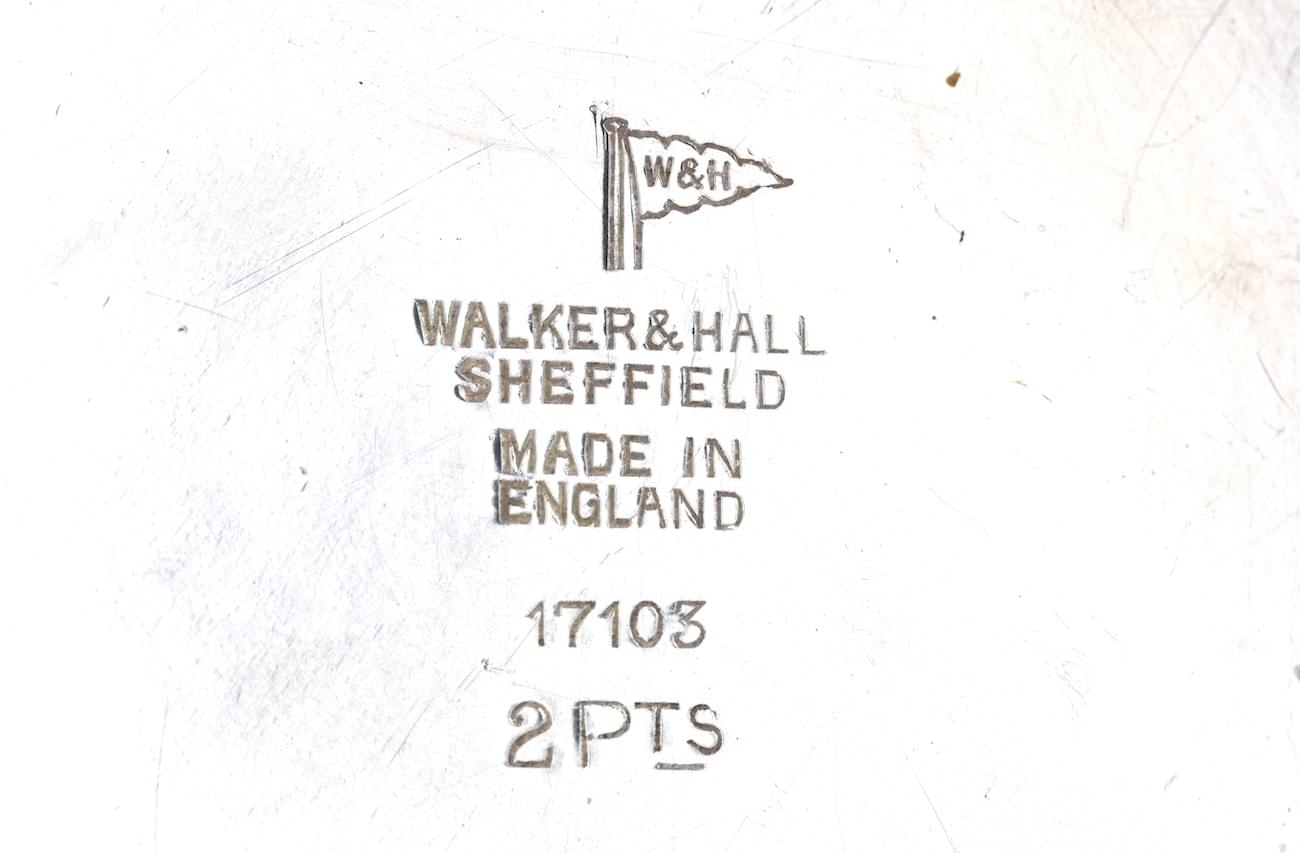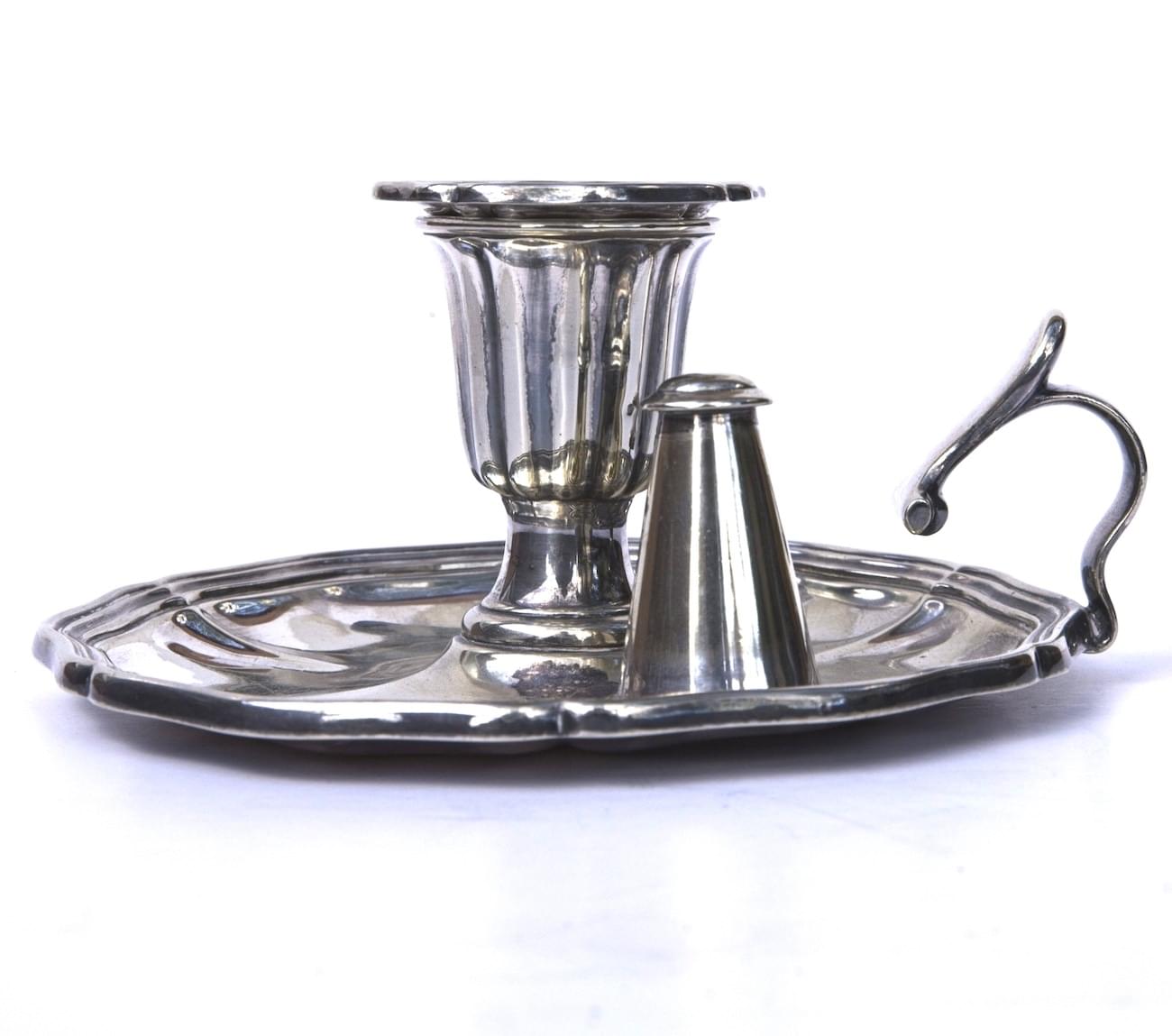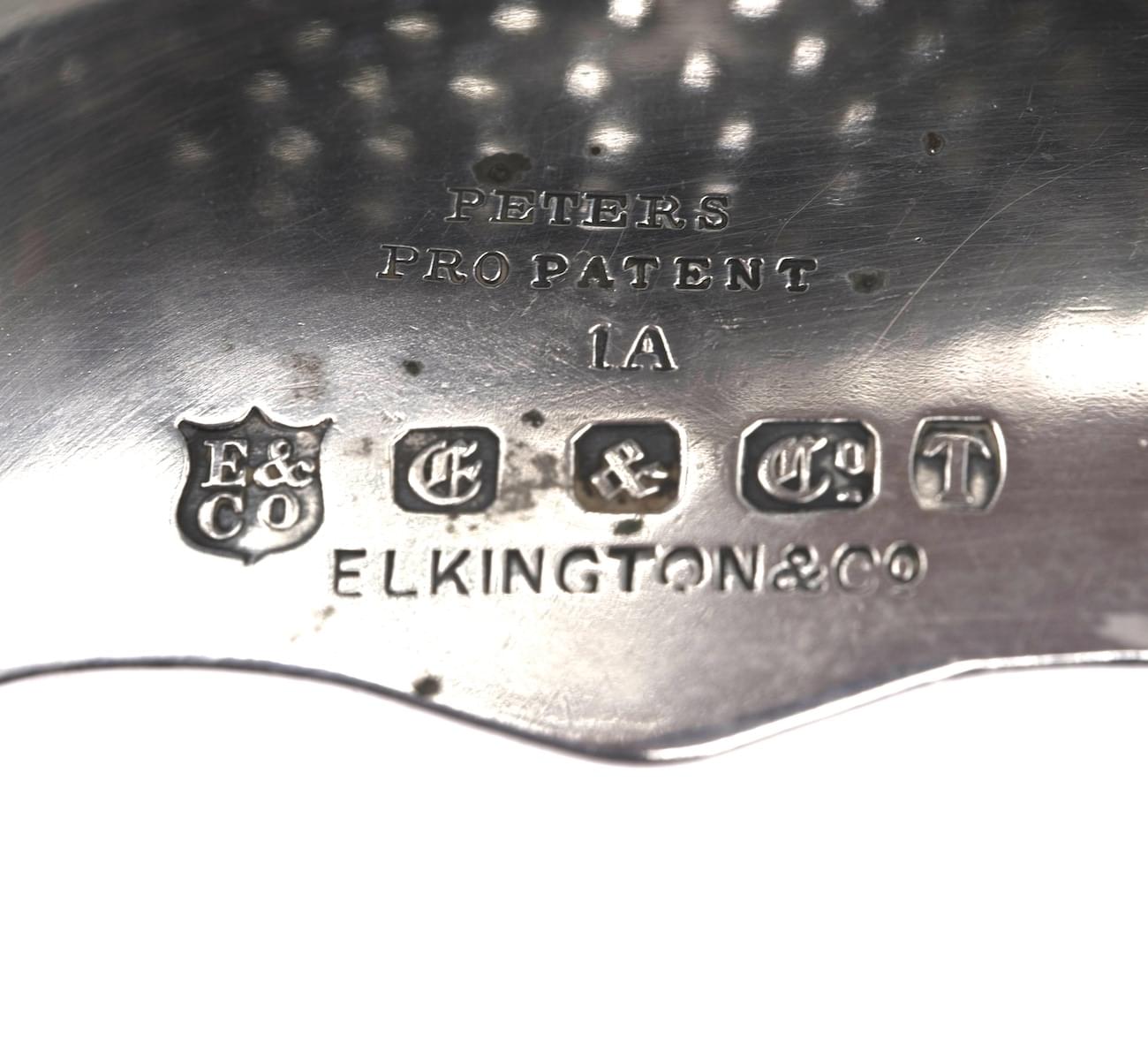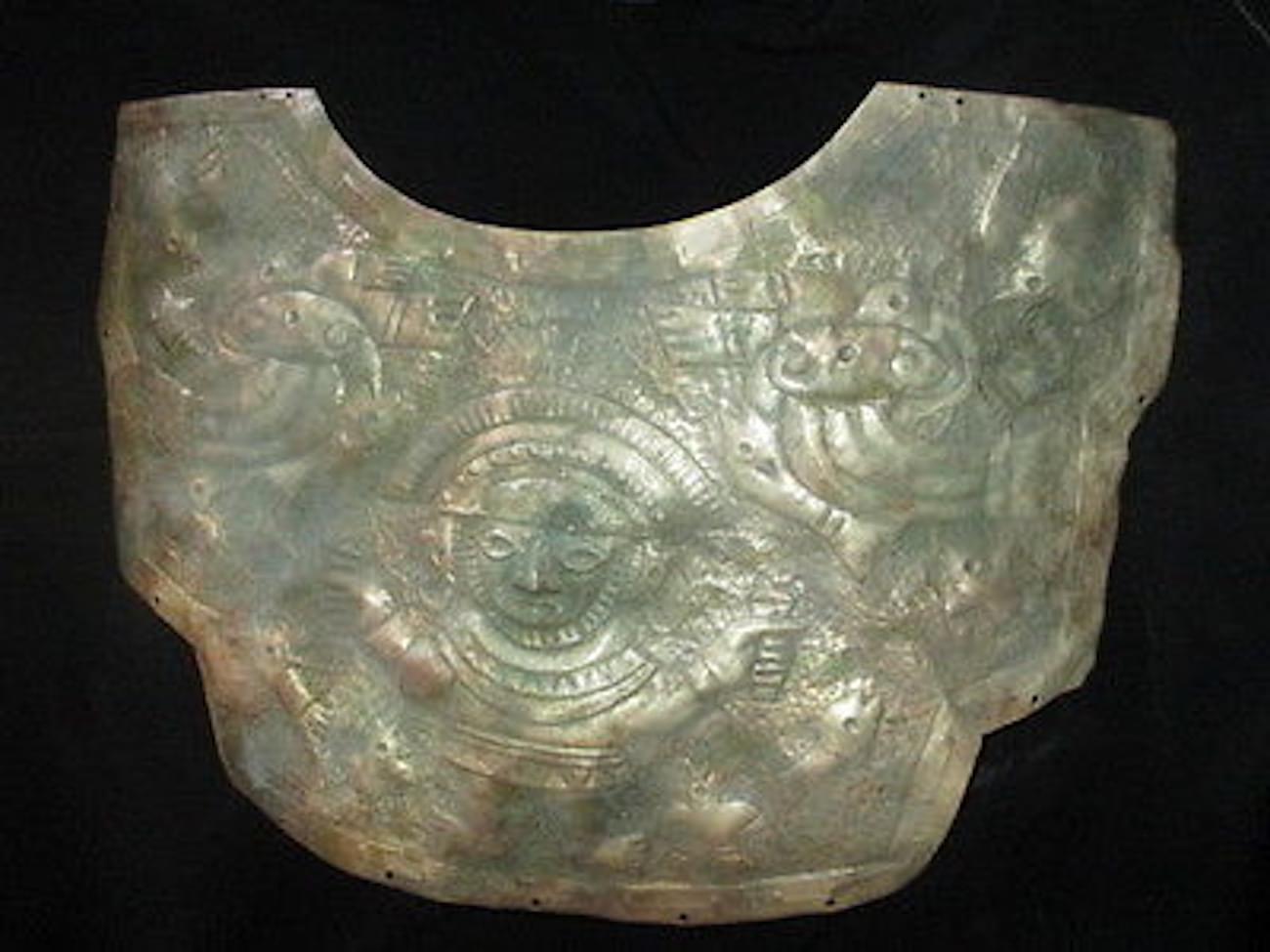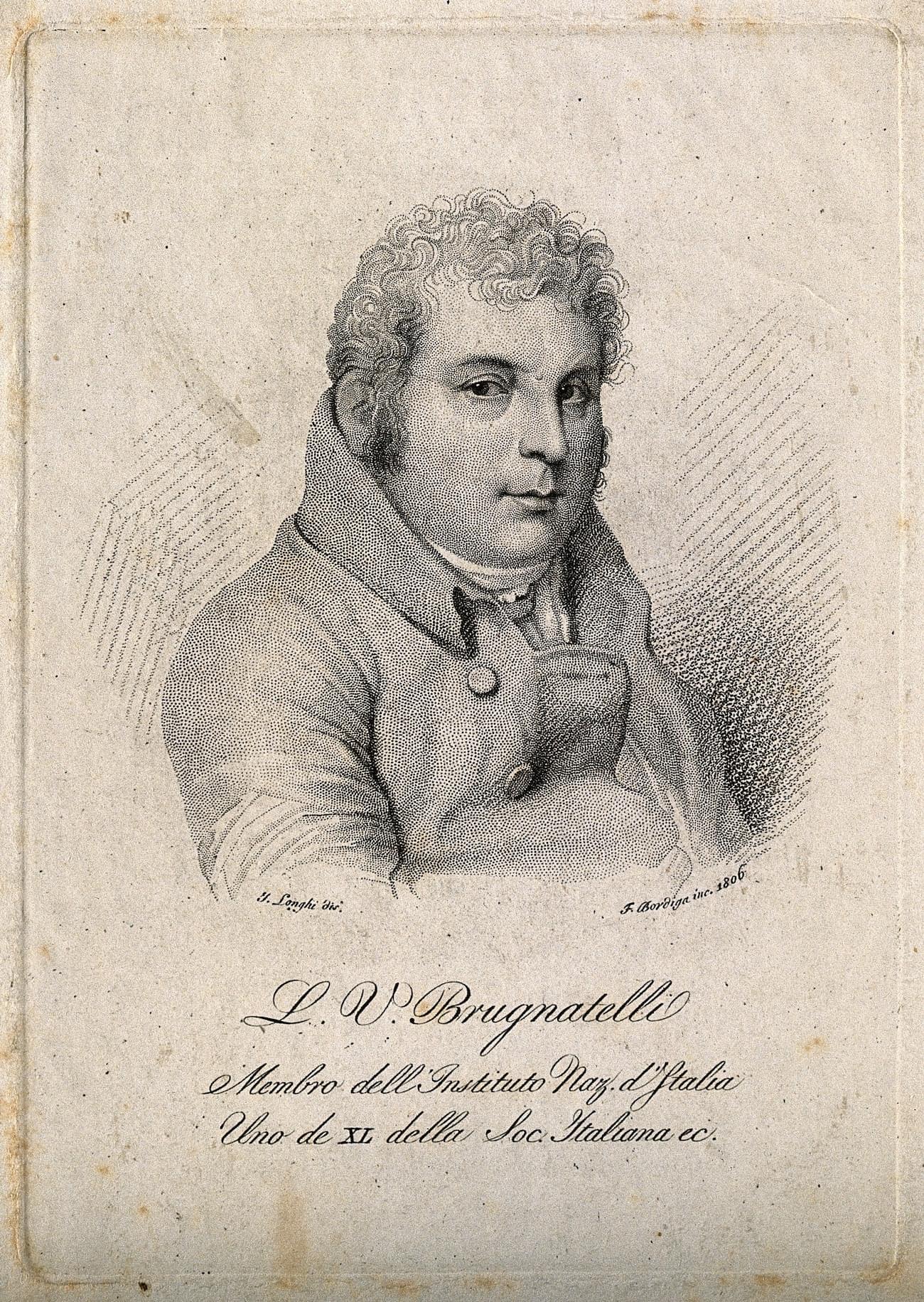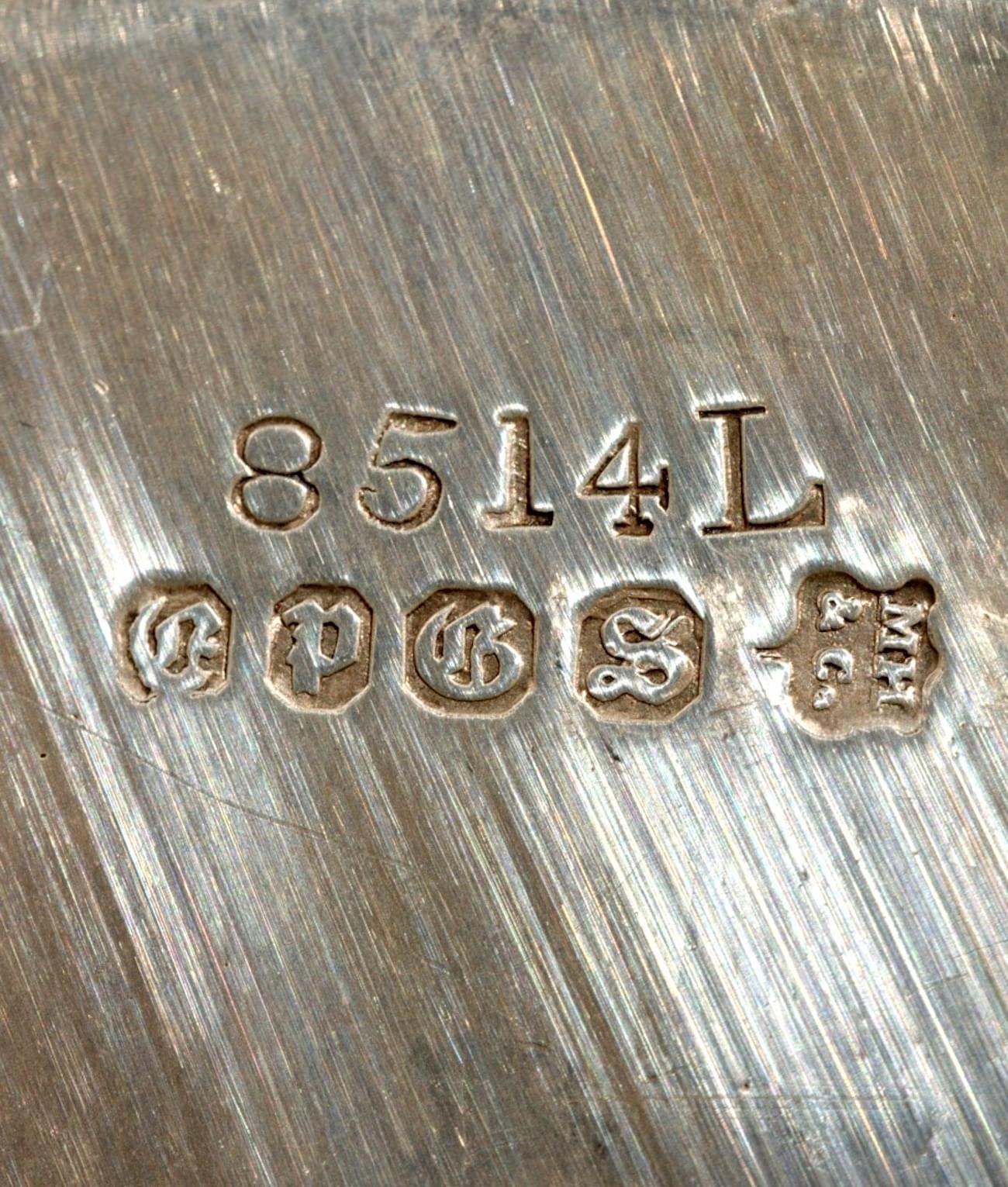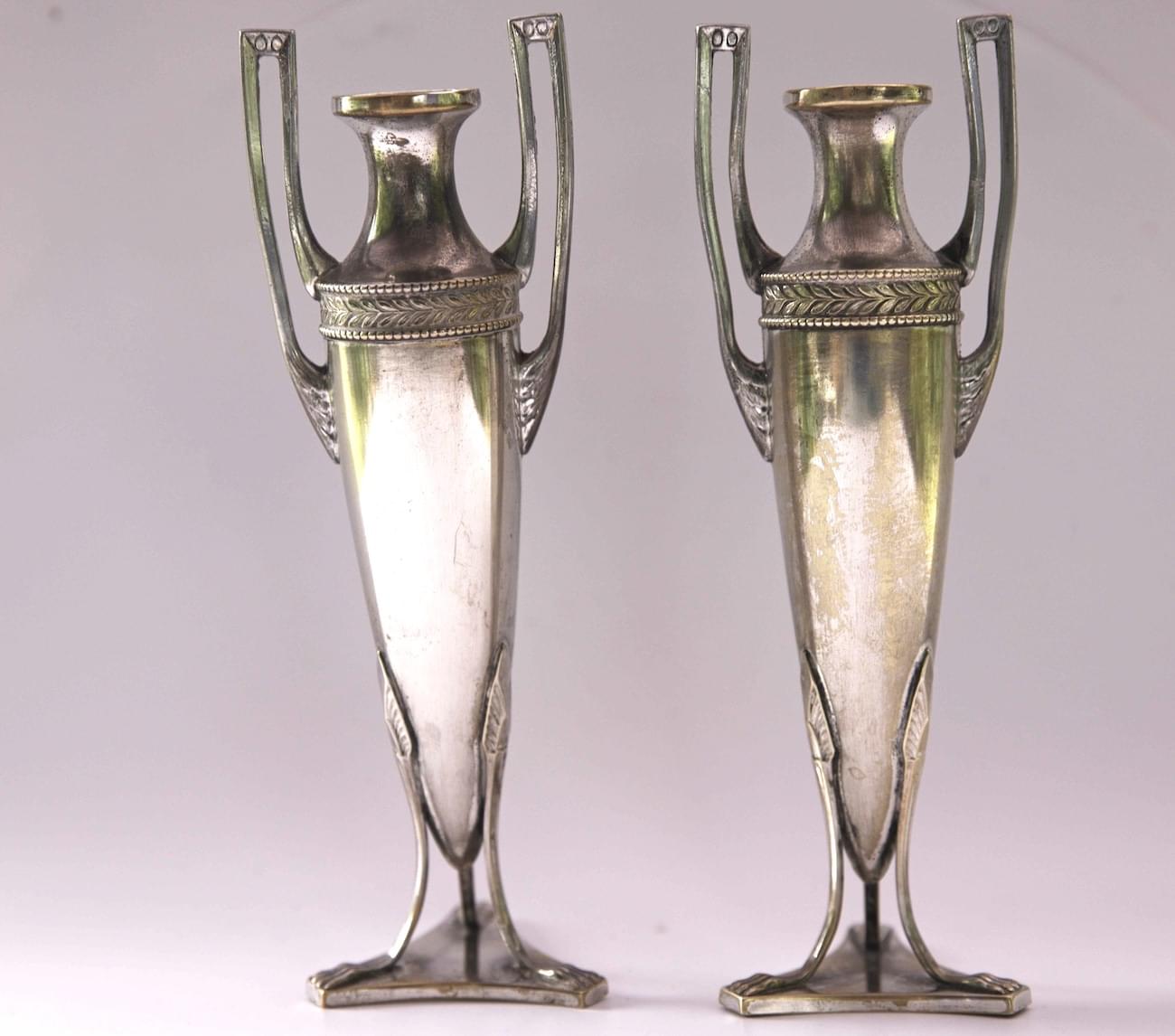CHRISTLETON
Curios and Curioser

BY PHILIP HARLAND
Silver Plate
Imagine, if you can, an antique and Collectables Emporium in 2025 which did not display a ton of decorative, shiny, silver-plated tableware. There is often so much of the stuff that it is easier to avoid it altogether.
-
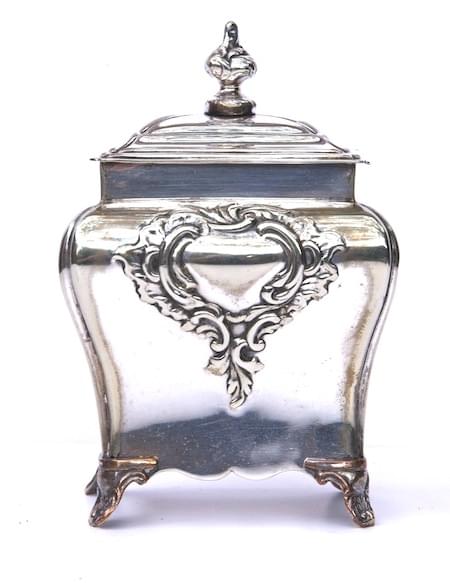
Tea Caddy
-
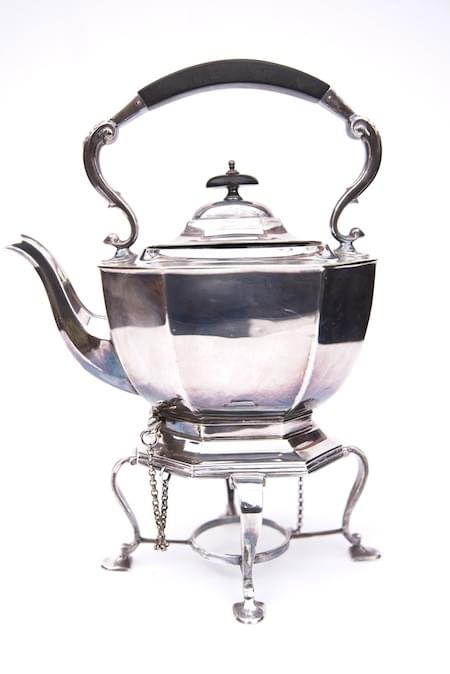
Kettle on Stand
-
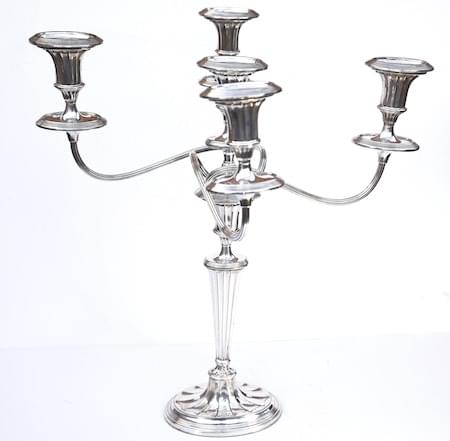
Silverplated Candelabara
Look again! Decorative it may be but utilitarian too. A silver-plated tray or serving dish is a gorgeous addition to a dining table; get a canteen of silver-plated cutlery: it will be adorning dinner party tables for years; as for candlesticks, the choice is vast, from heavy Victorian to vintage Scandinavian.
So where did all this ‘plate’ come from? In the mid 18th century, so the story goes, whilst repairing a customer’s knife Thomas Bolsover,a Sheffield cutler, noticed that the silver and copper he was using bonded together, under heat, inseparably. From this was born silver plate and for a century the aspirational middle classes were able to furnish their homes with all manner of accoutrements that looked like solid silver...but weren’t!
-

Old Sheffield Plate Serving Bowl c.1820
-
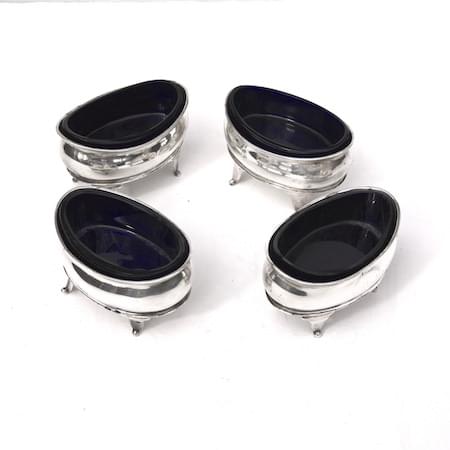
OSP ‘Salts’ with blue glass inserts, c.1840
-

Nowadays, this early silver plate is called Old Sheffield Plate (OSP); although it is almost never marked with a maker’s stamp, OSP stands out from the crowd because of its beautiful patina and rounded edges (where the silver and copper were rolled). Items to look out for in OSP are lidded tureens, candlesticks, milk jugs, salvers, table ‘salts’ and more. Find a good piece of Old Sheffield plate and hang on to it! It is often more valuable than solid silver. Read on to see how OSP has been much replicated but never equalled! Right through the first part of the 19th century OSP kept its place as a stylish, but much cheaper alternative to solid silver. Nevertheless, the amount of silver used was substantial, and therefore expensive, well out of reach of most people. Until...
...after decades of experimenting a British company came up with an even better way to make the silver look affordable and classy. Although in 1840 Elkington & Co perfected, and then patented the process of coating a base metal with a very thin layer of silver the science of electroplating actually goes much further back.
-
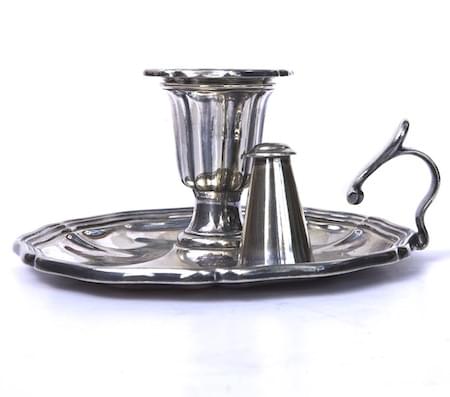
A beautifully crafted candleholder made by Elkington & Co., c.1860
-
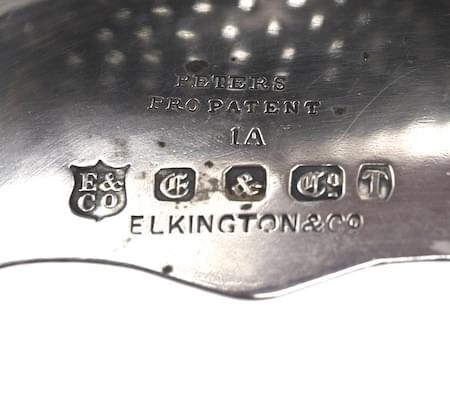
Candleholder Elkington & Co marks
-

Kettle on Stand
-
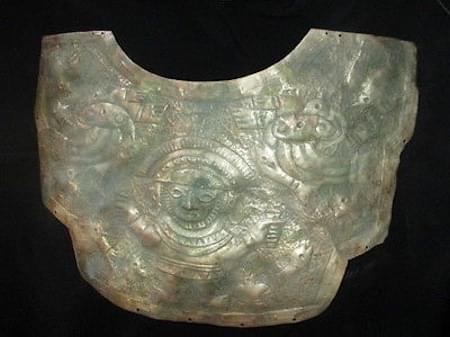
Mocha breastplate, silver on copper, 5th century CE
-
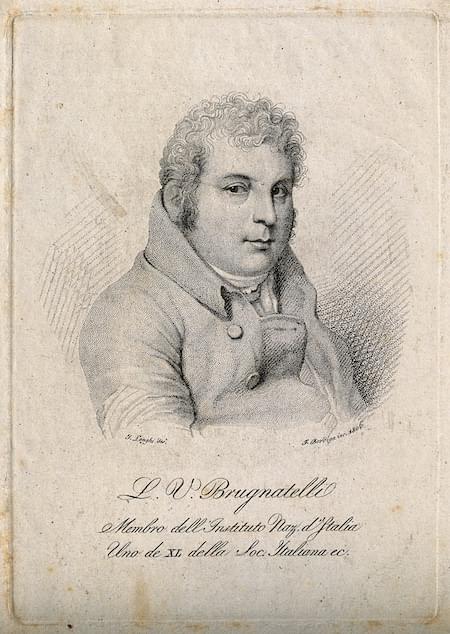
The Italian scientist, Luigi Brugnatelli
-
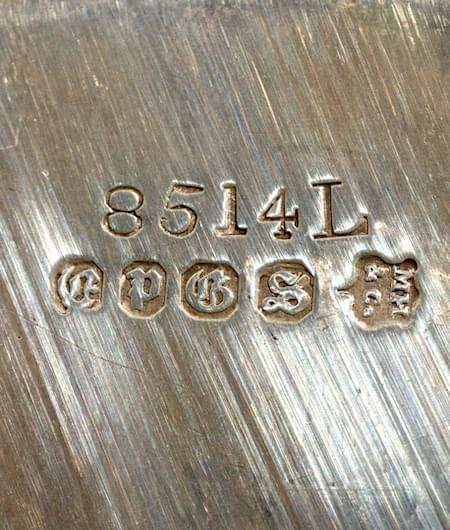
Marks on the WMF Vases c.1920
-
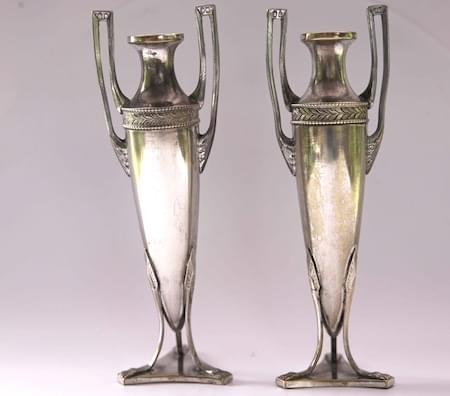
WMF vases, c.1920
More expensively produced items in the late 19th and early 20th centuries by companies such as Walker and Hall (UK), Christofle (France), WMF (Germany) are superbly crafted and will, all being well, still be around in many years to come. For anyone interested in Old Sheffield Plate, look out for heavy pieces with an occasional glimpse of copper (base metal) where the silver layer has succumbed to years of polishing. These beautifully made artefacts will most certainly last for many more years to come.


